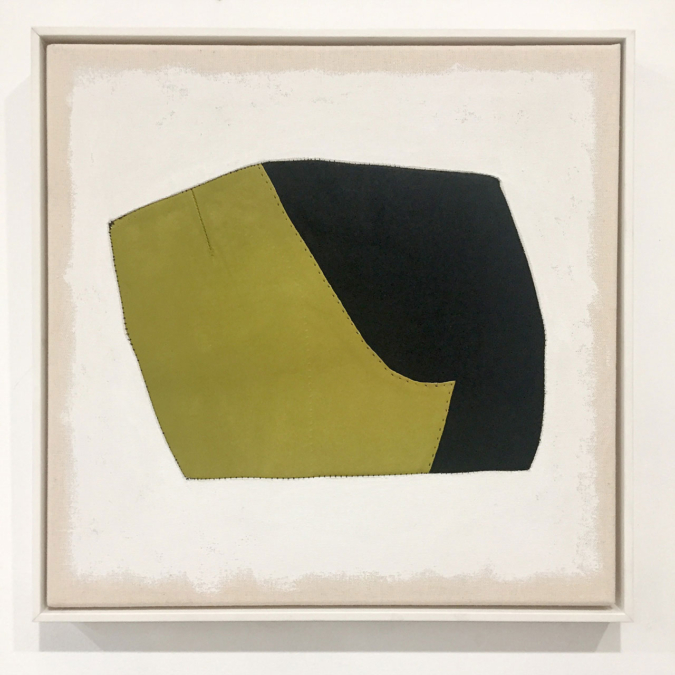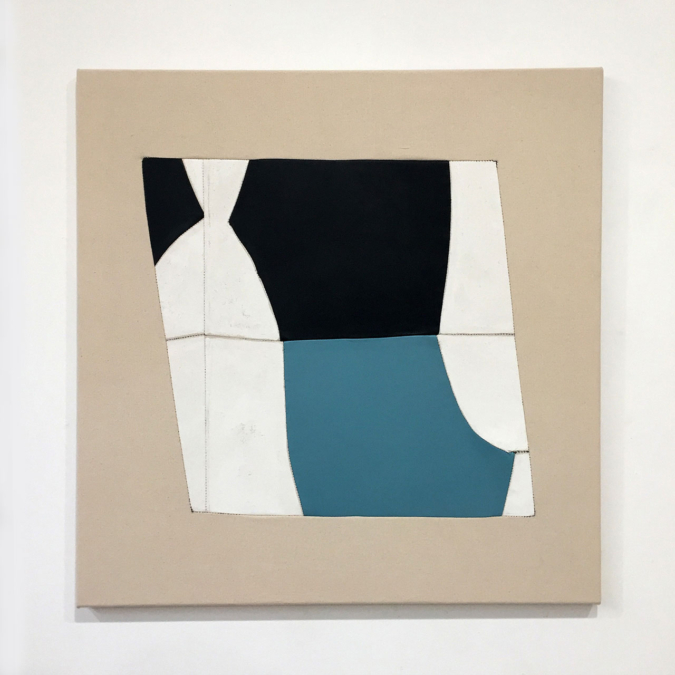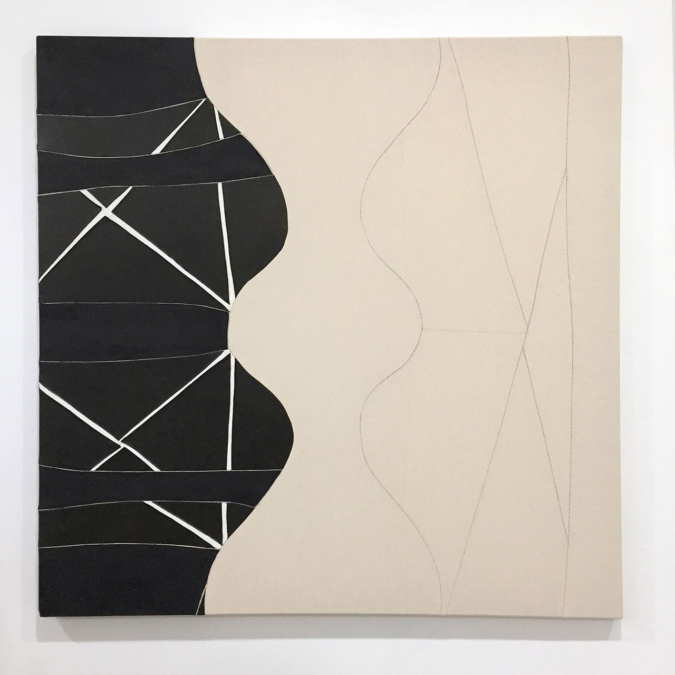Claire Watson
Claire Watson was born in Amarillo, TX. She received a BFA in Painting from the University of Texas at Austin in 1980, and an MFA in Sculpture at Tyler School of Art in Rome and Philadelphia in 1984. Her awards and honors include a Residency Fellowship at the Saltonstall Foundation for the Arts in 2019 (scheduled), a Studio Resicency at MASS MoCA in 2018; a Fellowship in Sculpture from New York Foundation for the Arts in 2007; and a Pollock-Krasner Foundation Grant in 1990. Her work is in numerous private and public collections, and has been exhibited at venues that include Ille Arts, Amagansett, NY; Art Helix Gallery, Brooklyn, NY; Blue Star Contemporary Art Museum, San Antonio, TX; Southampton Arts Center, Southampton, NY; Islip Art Museum, East Islip, NY; and Art in General, NYC, among numerous others. Since 1996 she has lived and worked in Water Mill, New York, where she raised two sons with her husband, artist Stephen Laub.
Question:
Your lyrical abstractions, possibly in the spirit of Ellsworth Kelly, are made from materials that are throwaways, inevitably rejected by their former owners. While your work has been created in the reverie of the artist’s studio, its materials have been created in a cycle of waste and violence. This incongruity fuels your work’s pathos. Can you talk about the rift between the calm of the finished work and the underlying anguish of the source material?
Answer:
I do experience a kind of hollowed-out feeling when I gaze at long racks of cast-off clothing in a thrift store. Of all the things we leave behind, relics of clothing are perhaps the most intimate reminders of identities we have outgrown or discarded, shells we have inhabited and abandoned. A simple change of costume, a change of style, is a powerful, if irrational, and immediate means of self-transformation, and it is why fashions are so disposable in a society in rapid flux.
All forms of dress allow us to forget that we are animals, but leather clothing functions as our second skin in the most literal sense, even while it causes us to disassociate from its origins in another living being. The creature whose hide is tanned doesn’t receive a new suit, but its pores, wrinkles and scars are transferred to a new owner and after this “breaking in,” the signs of wear, the scuff marks and stains, even faint traces of perfume or tobacco smoke, become indelible imprints of its successive incarnations. An empty leather garment, interestingly, resembles the shape of a flayed human form.
My subject matter is located in the irrevocable actions that create a cycle of waste, with violence at its source. My own interventions entail further acts of destruction as I render the objects useless, in terms of their original intended function. Even when disassembled and reduced to their material essence these artifacts evoke, for me, both the persistent presence of personality, and a palpable sense of loss.
It’s the mystery of this simultaneous presence and absence that underlies my response to these particular materials and their renewal. Part of my project is to discover how and whether it is possible to separate the formal, abstract compositions from the matter so loaded with associations. Their substance is resistant to transformation from the very beginning and it is always exciting to work against this kind of resistance, to allow the process and the intrinsic qualities of a material to be the only narrative, to make concrete the thing that I imagine, and that can’t find expression in language.
The work of an artist is often the sublimation of emotion, whether anguish or joy or any other psychic disturbance, toward the creation of a visual expression of this energy, or its transcendence, and sometimes going straight to the scary places to wrestle with the demons is what allows a kind of calm to prevail.








